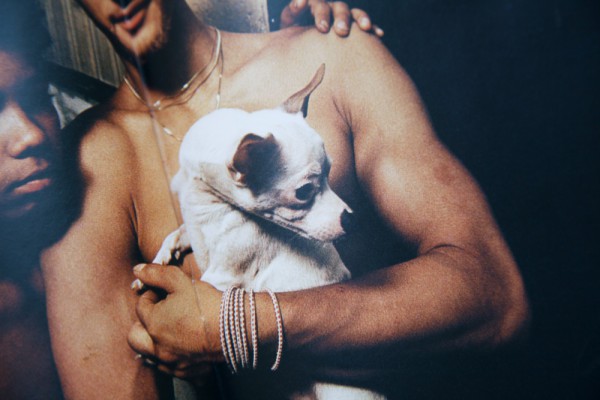Richard Price on his work for Hollywood – excerpted from our new issue mono.kultur #45.
The Breaks was your last novel before you withdrew from books for some time.
That, for me, was the most egregious. If I squint, I can see what I did well, but what I did poorly is as big as an elephant. With The Breaks, I was trying too hard to just have another book out. It’s like, what are you trying to say with this book? I was trying to say, ‘I really want to be published.’ It was too panicky, too showy, had too much shtick. On top of which I was struggling with cocaine addiction at that time, which was like wearing a gasoline jacket to a bonfire.
That’s when you went to Hollywood?
Well, I’ve never been in LA for more than 72 continuous hours in my life. But yeah, I had a lot of offers to write scripts, so I started taking on jobs. People had been asking me to write screenplays since 1974, when The Wanderers came out—basically because my dialogue was so ‘authentic’. It’s nice to have a gift for dialogue if you’re a screenwriter, but it’s not that important. Actors will give you good dialogue. Even if you write, say, okay dialogue—if an actor is good, he or she will make it sound much better than it deserves. Good lines add zip on paper, but the key job of a screenplay is to provide a shapely narrative structure. It’s all about structure and momentum. Somebody once described a script to me as a pyramid. You have, say, three or four people at the base, and they all have to meet at the top in two hours. Some fall off the mountain, some get to plant a flag. That’s more important than good dialogue writing.
How does writing a screenplay compare to writing a novel?
There is no writing in a screenplay. You don’t write a screenplay. There’s no prose in a screenplay, no narrative, no internal dialogue. Basically it’s 120 pages of Post-it notes for the director and the actors. It’s two-dimensional. A book is four-dimensional. It takes you into the interior of the character’s thoughts, and has a narrative voice that can offer exposition. But a movie is two-dimensional. People say things and do things. End of story.
Original photography by Joseph Rodriguez

